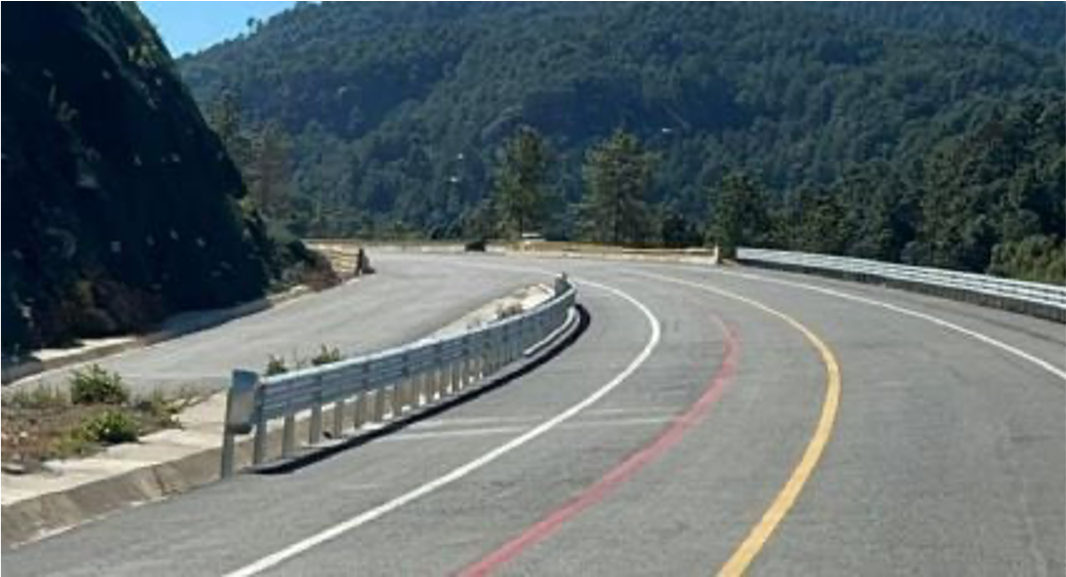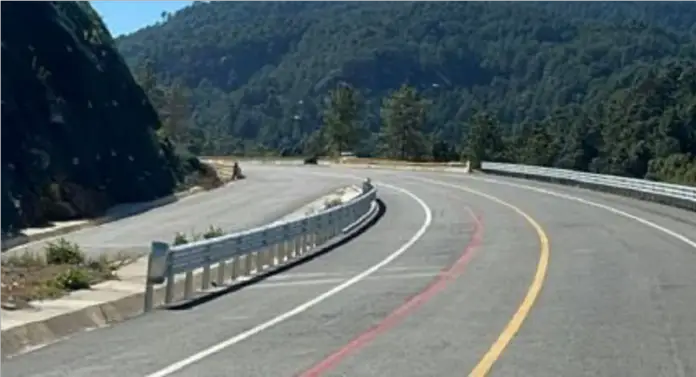After 20 years of hard work, the Mitla-Tehuantepec highway has finally been inaugurated, connecting the capital of the state of Oaxaca with the Isthmus of Tehuantepec in just 2 and a half hours. This infrastructure project, considered one of the most challenging in southern Mexico, has reduced travel time by 2 hours, benefiting 1.4 million inhabitants of 14 municipalities.
During the government of Andrés Manuel López Obrador, the project was resumed on a 57-kilometer stretch, described as the most complex. The construction, carried out by Carso, required a historic investment of 32 billion pesos and the creation of 124 structures, including 10 tunnels and 79 bridges. The longest tunnel, known as “El Tornillo,” reaches 250 meters in length.
In addition to the tunnels and bridges, the construction of the highway involved moving nearly 30 million cubic meters of earth in hill cuts and 16 million cubic meters in fills. To overcome these geographic challenges, 42,000 tons of steel, 89,000 cubic meters of asphalt mix and 371,400 cubic meters of hydraulic concrete were used.
The Mitla-Tehuantepec highway has not only improved connectivity, but has also generated 2,942 direct jobs, representing a significant boost for the economic development of the region. Salomón Jara, the governor of Oaxaca, stressed that this work is only the beginning of a series of infrastructure projects that will transform the state.
The impact of the new highway goes beyond the reduction of travel time. The efficient connection between the capital and the Isthmus of Tehuantepec will facilitate trade and tourism, boosting economic growth and improving the quality of life of the inhabitants. This project is seen as a crucial change in the infrastructure of southern Mexico.
Governor Salomón Jara announced that new highways are already planned, such as the route from Salina Cruz to Zihuatanejo and another that will connect Oaxaca with Tuxtepec. These future infrastructure projects seek to continue the development and improvement of connectivity in the state.

Source: mayacomunicacion




